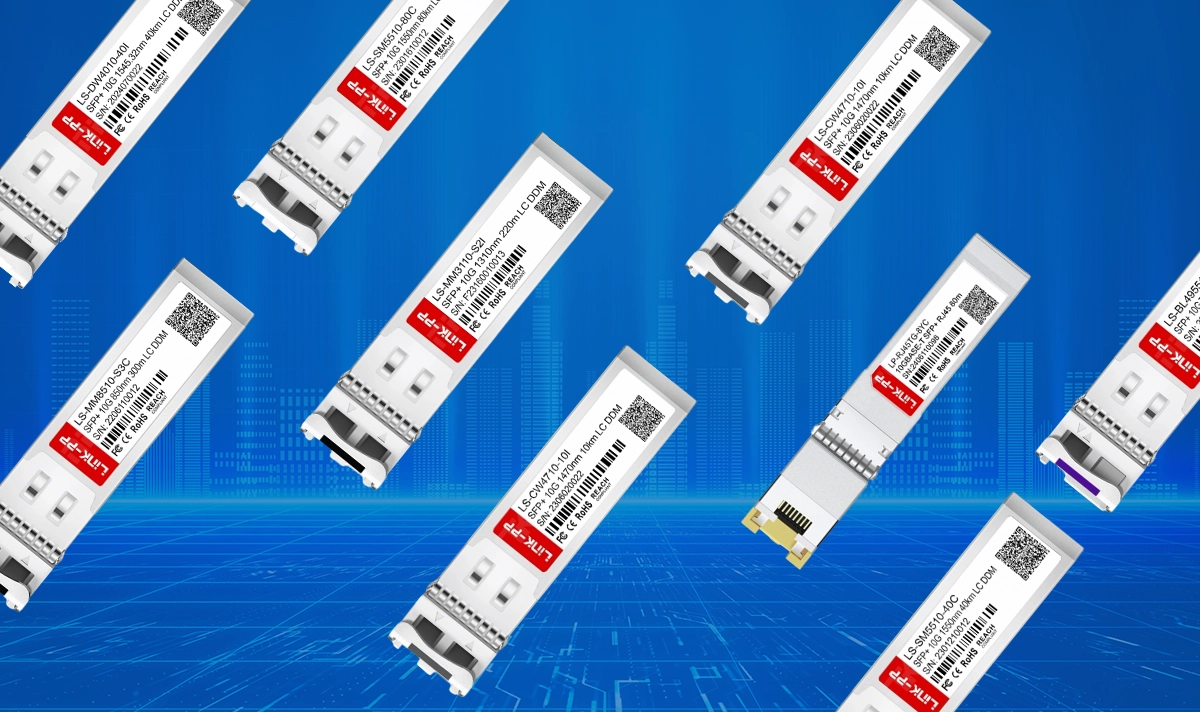
🔄 What Is MP2P?
Multipoint-to-Point (MP2P) architecture is a network topology where multiple transmitters send data to a single central receiver. Unlike Point-to-Point (P2P) networks—where communication occurs directly between two endpoints—MP2P allows multiple sources, such as remote terminals or base stations, to converge their data streams into one collection node.
This architecture is common in optical communication systems, wireless backhaul, and data aggregation networks, where efficient bandwidth utilization and centralized control are crucial.
🔄 How MP2P Works
In an MP2P network, several nodes transmit data signals over shared or dedicated channels toward one destination point. The central node receives, processes, or redistributes the information depending on the system design.
Transmission Mechanism
Upstream Multiplexing: Multiple senders share a common medium through Time Division Multiplexing (TDM) or Wavelength Division Multiplexing (WDM) techniques.
Optical Conversion: Electrical signals from multiple endpoints are converted to optical signals for efficient transmission over fiber.
Centralized Reception: The main receiver—often equipped with a high-performance optical transceiver—aggregates and demodulates incoming data.
This structure allows the convergence of multiple access points, improving the scalability and manageability of large networks such as mobile communication systems or data centers.
🔄 MP2P in Optical Communication
In optical fiber systems, MP2P is a fundamental design concept for uplink transmission, especially in environments where numerous client devices send data to a centralized hub.
Examples include:
Passive Optical Networks (PONs): Multiple Optical Network Units (ONUs) transmit data to a single Optical Line Terminal (OLT).
Mobile Fronthaul (CPRI/eCPRI): Multiple remote radio heads (RRHs) connect to a centralized baseband unit (BBU) using MP2P links.
Data Center Networks: Several server nodes aggregate data toward a central switch or optical cross-connect.
🔄 Advantages of MP2P Architecture
Efficient Bandwidth Utilization: MP2P optimizes channel capacity by allowing multiple senders to share one optical link.
Centralized Management: Simplifies data aggregation, monitoring, and network control.
Scalability: Supports expansion as more endpoints are added without major infrastructure changes.
Reduced Hardware Costs: Fewer receiver units are needed compared to P2P configurations.
Low-Latency Data Collection: Ideal for applications requiring real-time upstream communication, such as sensor networks or radio access systems.
🔄 MP2P vs. Other Topologies
Topology | Communication Type | Typical Use | Data Direction |
|---|---|---|---|
One-to-One | Dedicated links, backbone | Bidirectional | |
One-to-Many | FTTH, broadcast | Downstream | |
MP2P | Many-to-One | Uplink aggregation, fronthaul | Upstream |
Many-to-Many | Mesh, collaborative networks | Full duplex |
MP2P thus serves as a mirror counterpart to P2MP systems, focusing on upstream data flow, where multiple transmitters efficiently share one receiver.
🔄 LINK-PP Optical Transceivers for MP2P Systems
LINK-PP provides a wide range of SFP and SFP+ optical transceivers designed for high-performance data aggregation in MP2P networks.

Recommended products include:
LINK-PP SFP Optical Transceivers — offering support for data rates up to 10 Gbps with low power consumption.
CWDM/DWDM SFP+ Modules — ideal for wavelength-multiplexed MP2P applications, enabling multiple uplinks over a single fiber pair.
Industrial-Grade Transceivers — engineered for reliable operation in telecom base stations and outdoor environments.
These transceivers support protocols such as Ethernet, CPRI, eCPRI, and Fibre Channel, ensuring compatibility with both legacy and next-generation network infrastructures.
🔄 Applications of MP2P Networks
Mobile Communication (LTE/5G): Aggregating multiple RRHs to a single BBU over fiber.
Optical Access Networks: Uplink data transmission from customer premises to central offices.
IoT and Sensor Systems: Centralized data collection from distributed field devices.
Industrial Automation: Consolidating control data from multiple PLCs or sensors to a monitoring hub.
🔄 Conclusion
Multipoint-to-Point (MP2P) architecture is a cornerstone of modern optical and wireless communication. It enables scalable, efficient, and centralized data aggregation across a wide range of network environments—from telecom to industrial IoT.
With LINK-PP’s high-performance optical transceivers, engineers and network designers can build MP2P systems that deliver stable connectivity, low latency, and future-ready scalability for evolving digital infrastructures.


